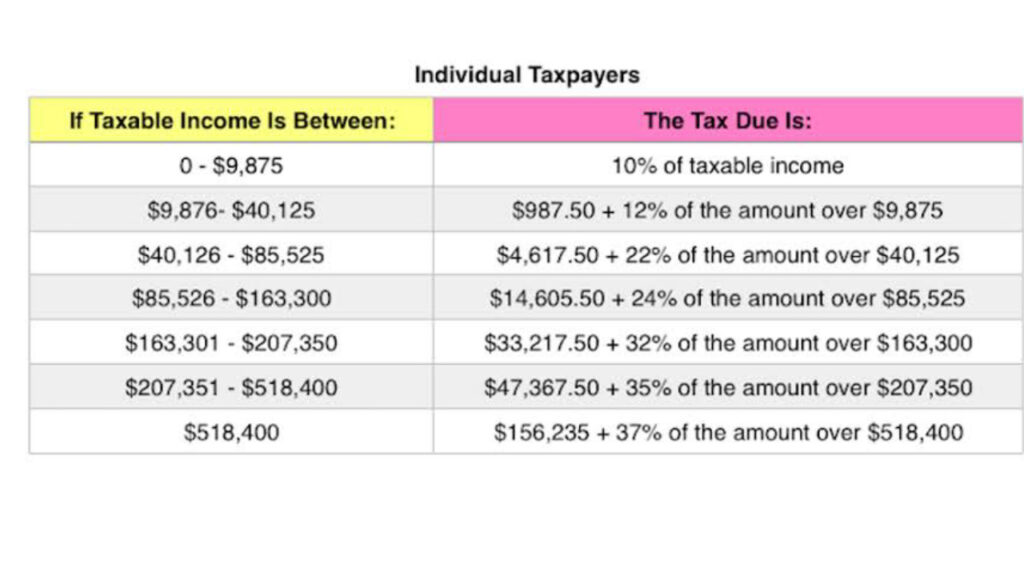
On line 1c, enter the other income amount found on Step 4a of the employee’s Form W-4. On line 1b, record the number of pay periods you have per year using Table 5 on the same page. In IRS Publication 15-T, find the worksheet marked “Wage Bracket Method Tables for Manual Payroll Systems With Forms W-4 From 2020 or Later.” On line 2a, enter any additional amount to be withheld as reported on Form W-4Īdd lines 1b and 2a to find the amount to withhold from the employee’s wages and record it in line 2b.Įmployees with a Form W-4 from 2020 or later:

Take the tentative withholding amount from this table and input it on line 1b. The cell where these two meet will give you the tentative withholding amount for this employee.

Once you’ve identified the row, use the number of allowances the employee has reported on Form W-4 to locate the corresponding column. Find the table that corresponds to your payroll period (daily, weekly, biweekly, monthly, or annually) and the marital status of the employee (e.g., biweekly and single if you run payroll twice a month and you’re calculating the tax for an unmarried employee)įind the wage amount on the left side of the table. Use the amount on line 1a to look up the Tentative Withholding Amount. This includes any earnings an employee pays taxes on, including salaries and cash tips. In IRS Publication 15-T, find the worksheet marked “Wage Bracket Method Tables for Manual Payroll Systems With Forms W-4 From 2019 or Earlier.”Ĭheck Form W-4 to determine whether the employee files income tax as married or single and the number of allowances they claim.Įnter the employee’s total taxable wages for the payroll period on line 1a. When using the Wage Bracket Method, there are two possible calculations: one for employees with a Form W-4 from 2019 or earlier, the other for employees with a Form W-4 from 2020 or later.Įmployees with a Form W-4 from 2019 or earlier:

FEDERAL INCOME TAX BRACKETS 2020 HOW TO
How to calculate federal income tax withholding using the Wage Bracket Method


 0 kommentar(er)
0 kommentar(er)
